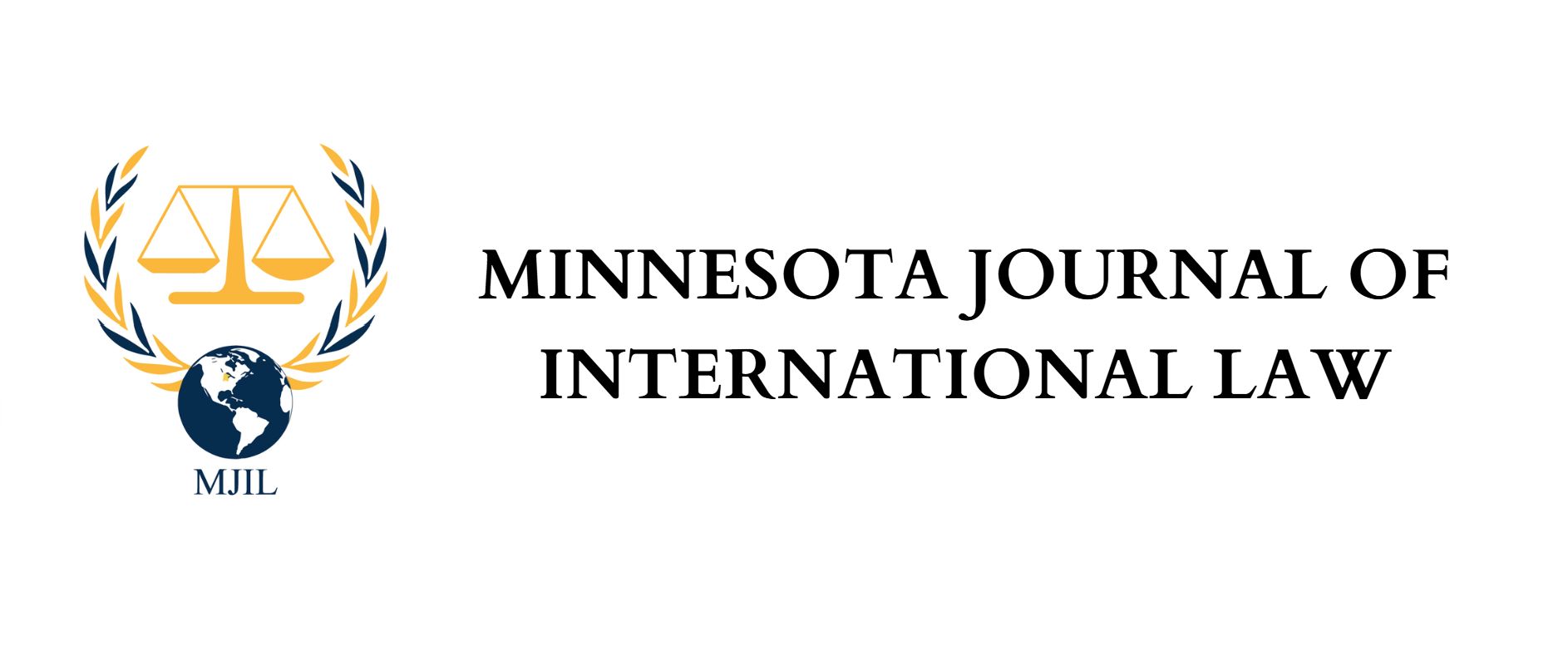Jay Kim
Soon after the COVID-19 outbreak, the world was under lockdown, but in 2022, the frontline and borderline areas of the Democratic People’s Republic of Korea (“North Korea”) remain closed.[1] Moreover, the North Korean government continues to enforce the “shoot to kill” order.[2] Under this order, people are shot unconditionally for entering into the buffer zone between North Korea and China.[3]
This order, in addition to the lockdown, means that there is no way out because the majority of North Korean refugees must face the arduous route through China.[4] It may be true that the continued restrictions and government-ordered killings are simply responses to the COVID-19 pandemic.[5] However, it is also true that North Koreans now face dire consequences without any escape routes.[6]
Internally, North Korea suffers the worst economic crisis in two decades.[7] The blockade on international trade, combined with continued United Nations (“UN”) sanctions and a second worst drought in forty years[8], resulted in the lowest trade levels since 1990 with “a drop of 73.4 percent.”[9] The economic crisis is now described as the second “Arduous March,” a period of famine after the collapse of the Soviet Union.[10] North Korea is facing a rapidly growing number of homelessness[11] and rising death count from starvation.[12] Further, the economic crisis created a disproportionate impact on North Korean women who are being forced into prostitution for survival.[13] The living condition is so severe that the North Korean authorities arrested mothers of newborns for prostitution.[14]
Unfortunately, this is not news. Human rights violations have been and continue to be in the back burner of the international community. Meanwhile, China resumed the forced return of North Korean defectors, who face torture, imprisonment, sexual violence, forced labor and public executions.[15] Now, more than ever, North Koreans are in need of an exit strategy. As countries start to recover from the pandemic, it is time to think about finding a global coordination to protect the world’s most vulnerable populations.
[1] Jeongmin Kim, North Korea Lifts COVID-19 Restrictions Across Country – But Not Near Borders, NK NEWS (Aug. 13, 2022), https://www.nknews.org/2022/08/north-korea-lifts-covid-19-restrictions-across-country-but-not-near-borders/.
[2] U.S. Dept. of State, 2021 Country Reports on Human Rights Practices: North Korea, (2021), https://www.state.gov/reports/2021-country-reports-on-human-rights-practices/north-korea/.
[3] Id.
[4] Jane Lee, The Closing Door: North Korean Refugees Losing Escape Routes Through Southeast Asia, CogitASIA (Feb. 20, 2020), http://www.cogitasia.com/the-closing-door-north-korean-refugees-losing-escape-routes-through-southeast-asia/.
[5] U.S. Dept. of State, supra note 2.
[6] Id.
[7] Sam Kim, North Korea’s Economy Fails to Rebound Before ‘Fever’ Surge, Bloomberg (July 26, 2022), https://www.bloomberg.com/news/articles/2022-07-27/north-korea-s-economy-fails-to-rebound-before-2022-fever-surge.
[8] North Korea’s Growing Homelessness and Prostitution as Living Conditions Worsen, Crossing Borders (Aug. 11, 2022), https://www.crossingbordersnk.org/blog/north-koreas-growing-homelessness-and-prostitution-as-living-conditions-worsen/2022/8/11.
[9] Sang Yong Lee, How the North Korean Government Is Squeezing Foreign Currency Out of Its People, Diplomat (Aug. 13, 2022), https://thediplomat.com/2022/08/how-the-north-korean-government-is-squeezing-foreign-currency-out-of-its-people/.
[10] Paula Hancocks & Yoonjung Seo, Is North Korea Hiding a Bigger Problem Behind Its Covid-19 Outbreak?, CNN (July 6, 2022), https://www.cnn.com/2022/07/05/asia/north-korea-bigger-health-problems-covid-intl-hnk.
[11] Crossing Borders, supra note 8.
[12] Id.; Chae Hwan Kim, Around 20 Residents of South Hwanghae Province Die Due to Starvation, DAILY NK (June 3, 2022), https://www.dailynk.com/english/around-20-residents-south-hwanghae-province-die-due-starvation/.
[13] Hyonhee Shin & Soo-Hyang Choi, North Korea COVID Rules Put Pressure on Women Providing Food – U.N. Expert, Reuters (Sept. 2, 2022), https://www.reuters.com/world/asia-pacific/nkorea-denounces-new-un-human-rights-expert-biased-2022-09-02/; Chang Gyu Ahn, North Korean Authorities Try to Stop Rise in Street Prostitution in Cities, RFA Korean (Aug. 3, 2022), https://www.rfa.org/english/news/korea/street-prostitution-08032022160435.html.
[14] Crossing Borders, supra note 8.
[15] Despite being a party to the 1951 U.N. Refugee Convention, China signed a bilateral agreement with North Korea in 1986. The main significance of this agreement “is to return North Korean defectors encountered on Chinese territory.” U.S. Comm. For Hum. Rts. in North Korea, The North Korean Refugee Crisis: Human Rights and International Response 1, 40 (2006) https://www.hrnk.org/uploads/pdfs/The_North_Korean_Refugee_Crisis.pdf; China: Don’t Return 5 Refugees to North Korea, Hum. Rts. Watch (June 24, 2017), https://www.hrw.org/news/2017/06/25/china-dont-return-5-refugees-north-korea; Lina Yoon, China Restarts Forced Returns of Refugees to North Korea, Hum. Rts. Watch (July 22, 2021), https://www.hrw.org/news/2021/07/22/china-restarts-forced-returns-refugees-north-korea.
